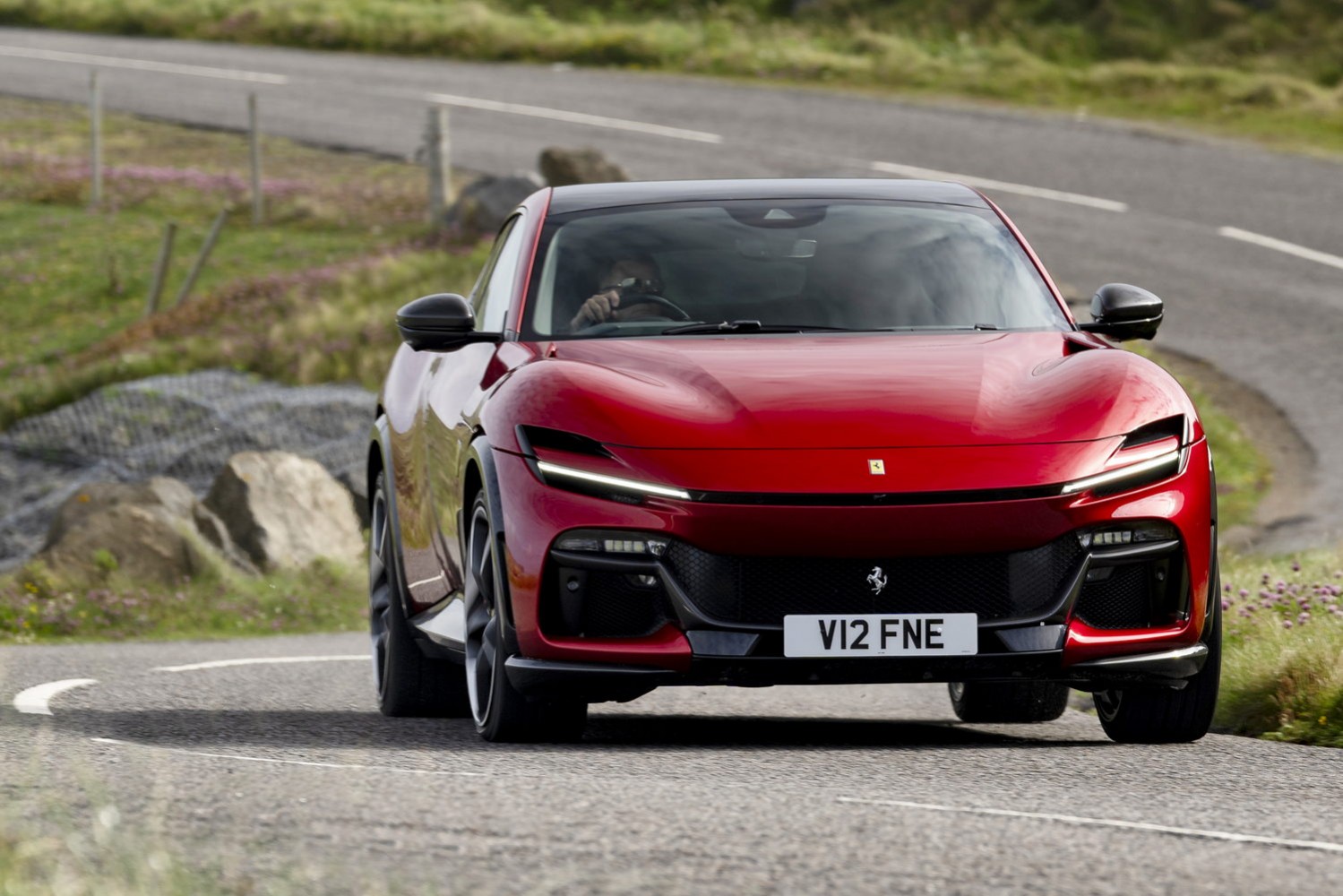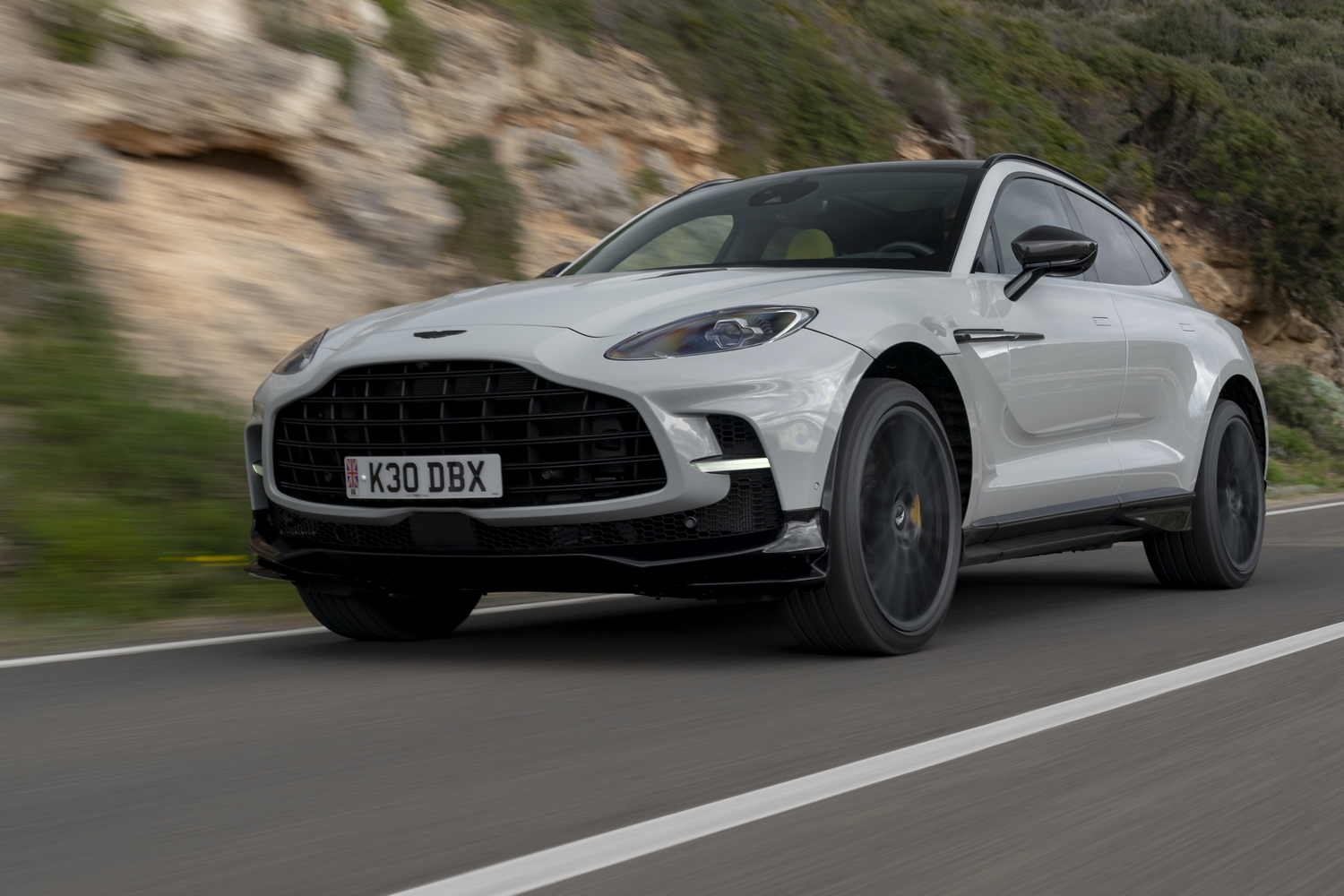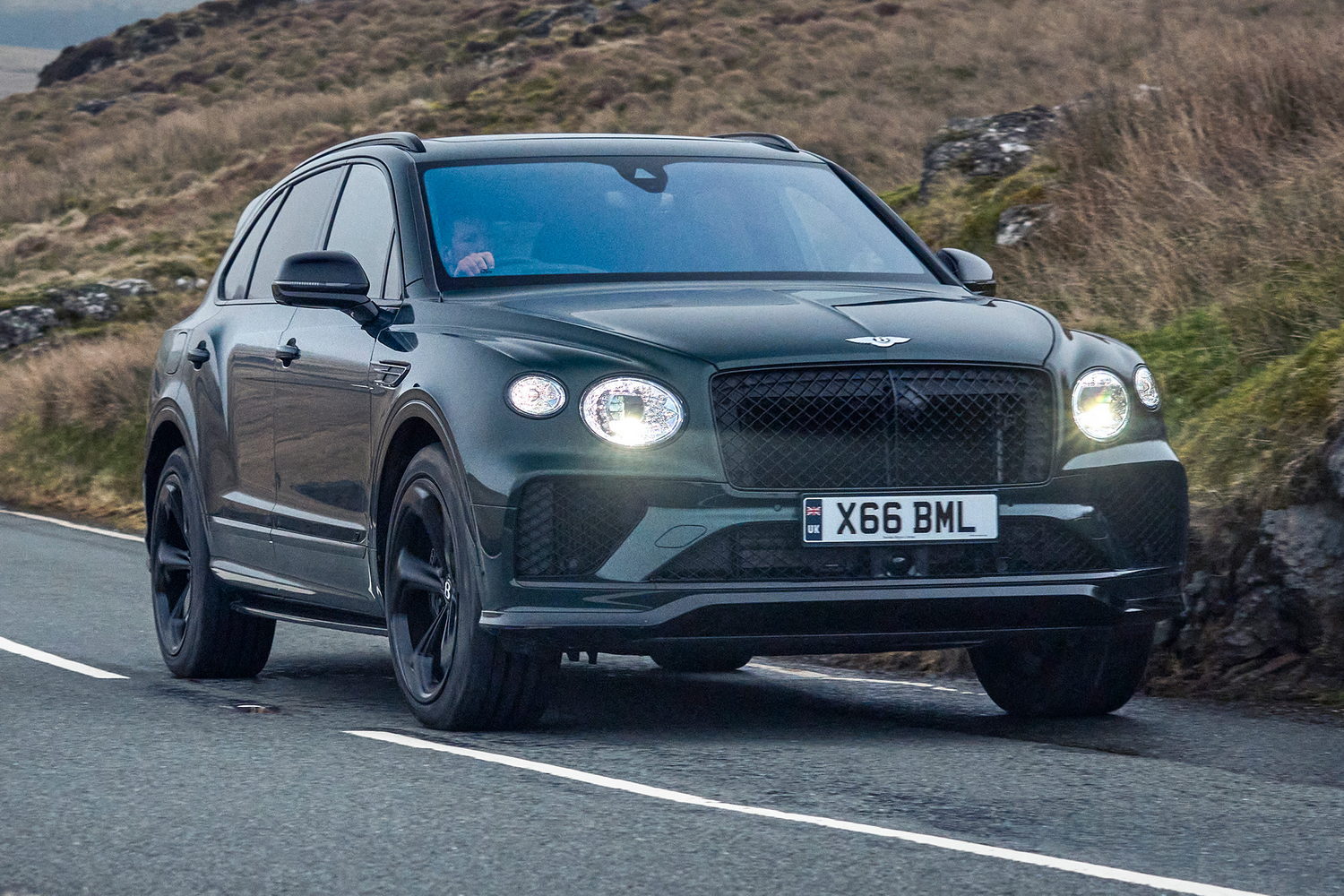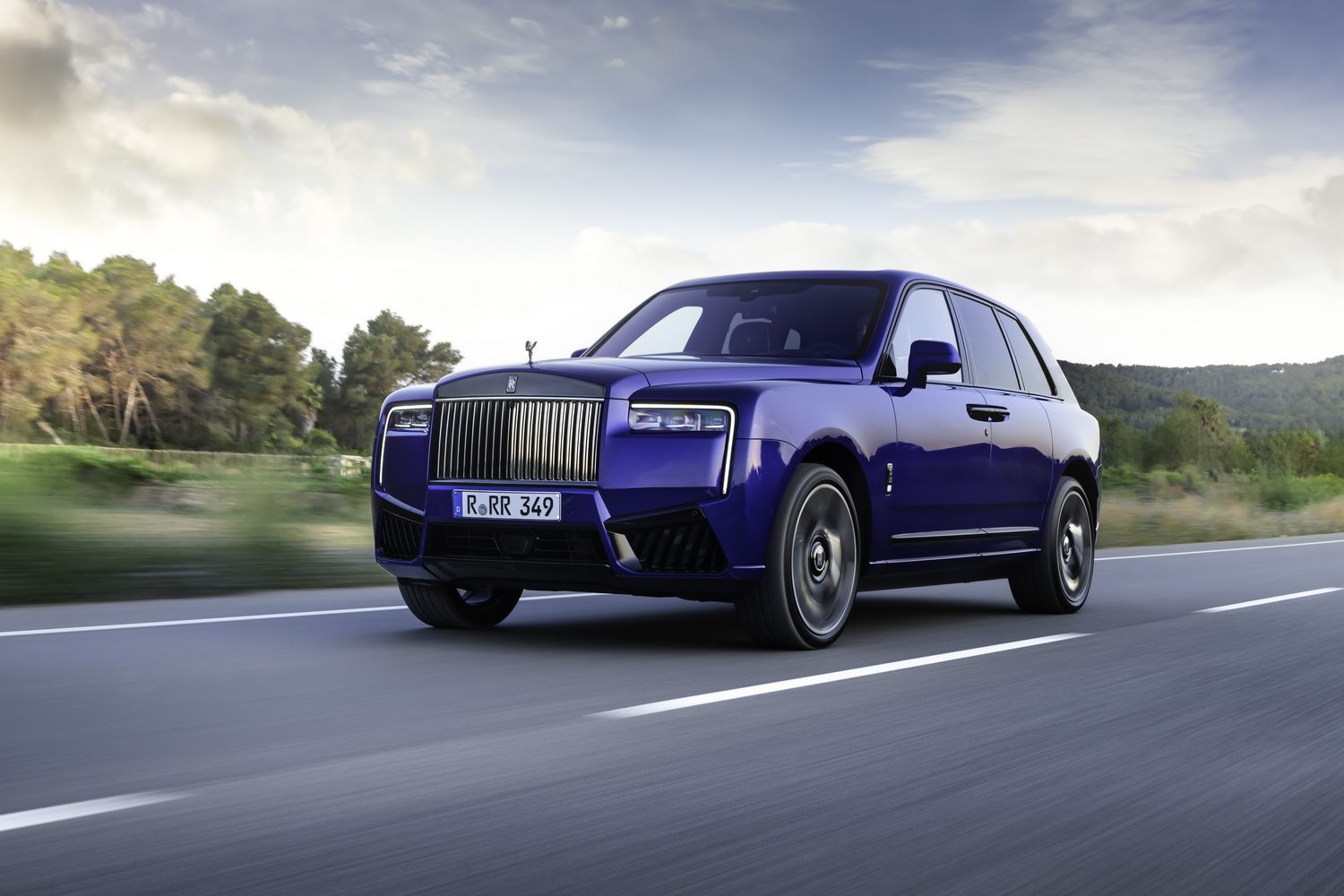When Ferrari took the covers off the Purosangue back in 2022 it went to great lengths to ensure it wouldn’t be referred to as an SUV, but it inevitably is - though that’s probably more a reflection of the loosening definition of the genre than it is anything to do with Ferrari’s most practical model yet. The car’s name translates approximately as ‘thoroughbred’ from Italian, which some may see as trying too hard, but the Purosangue backs that up with a high-revving V12 petrol engine under its long bonnet and more chassis technology than Ferrari would be allowed fit to its F1 cars.
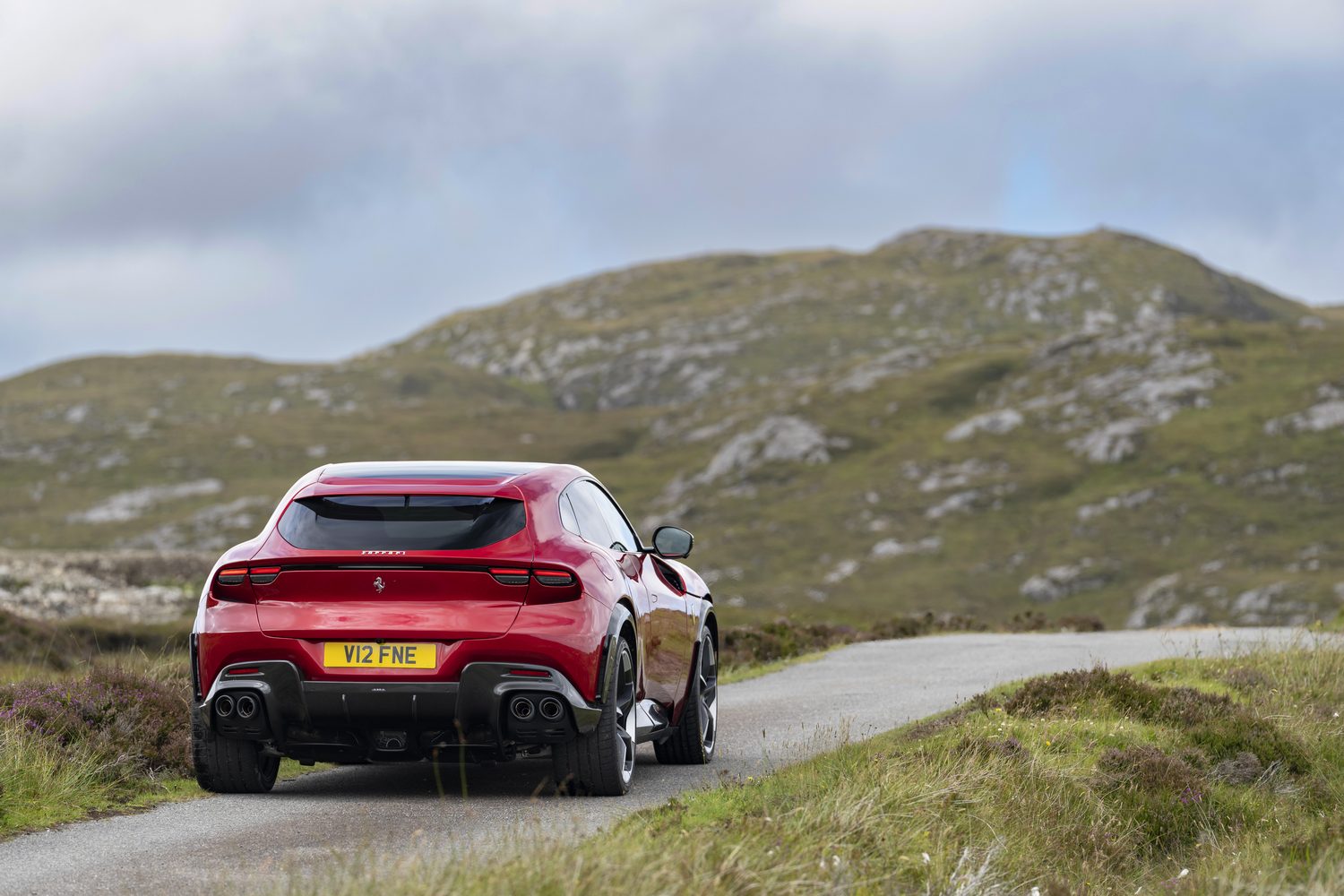
And if you’re expecting us to report on our test drive of the Purosangue from sunny climes, smooth roads or Alpine switchbacks, you may be interested to know we gave it a far sterner test - the Ring of Kerry on the off season.
How big is the Ferrari Purosangue?
Bigger than you might think. Whatever your opinion on the Purosangue’s design, it hides its proportions well, and only when you see the car in person do you appreciate how large it is. At 4,973mm long, it’s longer than a Range Rover Sport, for example, and even without its mirrors the Purosangue is almost as wide as that vehicle with its mirrors, at 2,028mm. However, the Ferrari is much lower to the ground, at just 1,589mm high, which is significantly lower even than the sportiest of the Porsche Cayenne Coupe models.
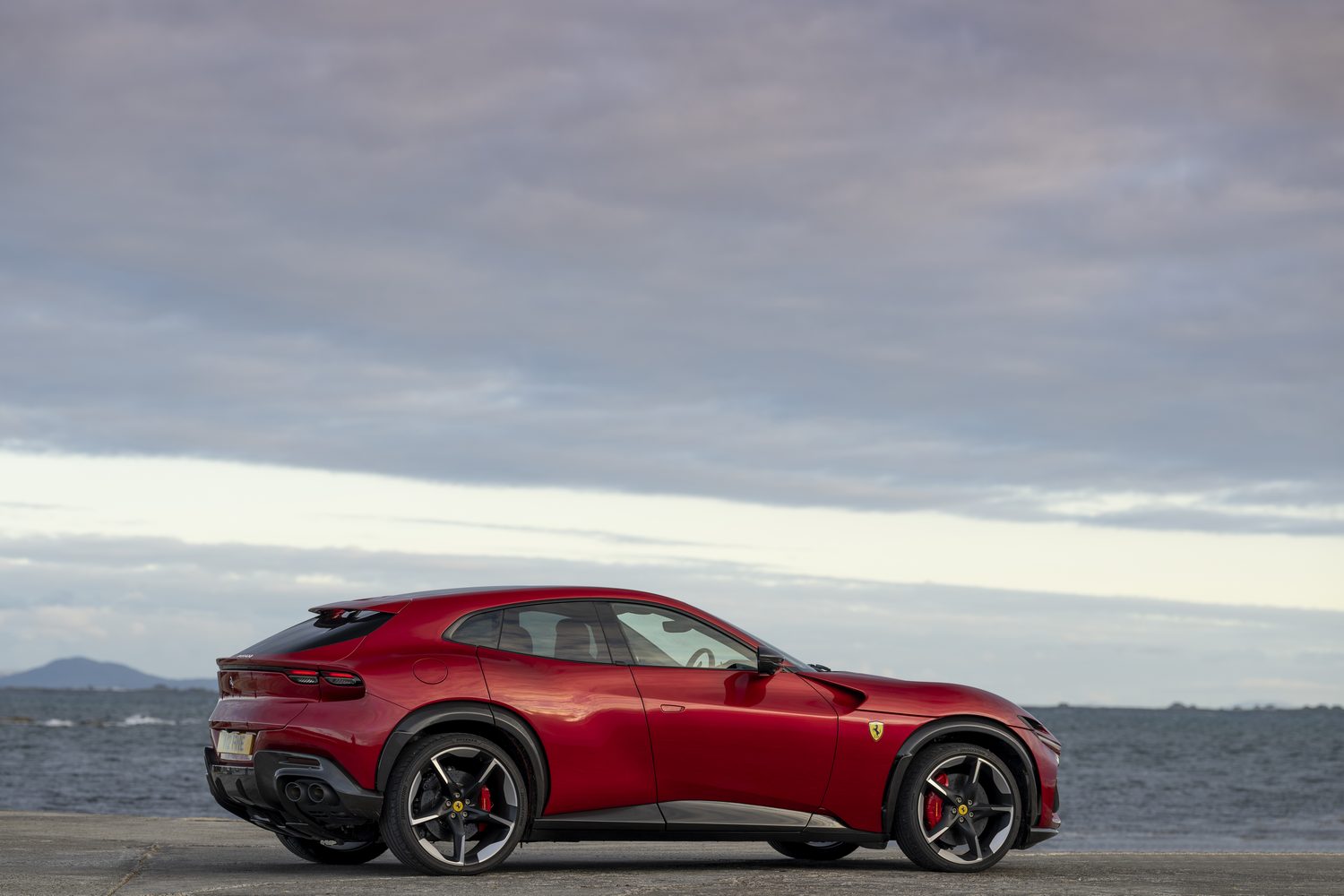
A long wheelbase of over three metres pushes the wheels close to the corners of the car and makes for a spacious cabin, though that is at the expense of boot volume, which holds a modest 473 litres where most cars of this size manage closer to 600 litres. Still, we approve of the Purosangue’s pert rear end and wouldn’t want to give that up just so we could fit more stuff in the boot.
A look inside the Ferrari Purosangue
Getting into the Purosangue is an event in itself. The front doors open wider than in any other Ferrari, which makes it a cinch to hop in, and the car also feels far more spacious up front than any other model in the lineup. It features rear-hinged back doors that open wide to allow access into the two rear seats and they can close electrically as well.
Sense of space aside, the Purosangue still feels like a Ferrari inside thanks in part to its chunky flat-bottomed steering wheel and delectable oversized gearchange paddles behind. Ferrari’s drive-mode-selecting ‘manettino’ is present and correct on the wheel, though it’s a shame the physical engine-start button has been replaced by a touch-sensitive area under the wheel’s boss these days. And don’t get us started on the use of indicator buttons in place of traditional stalks.
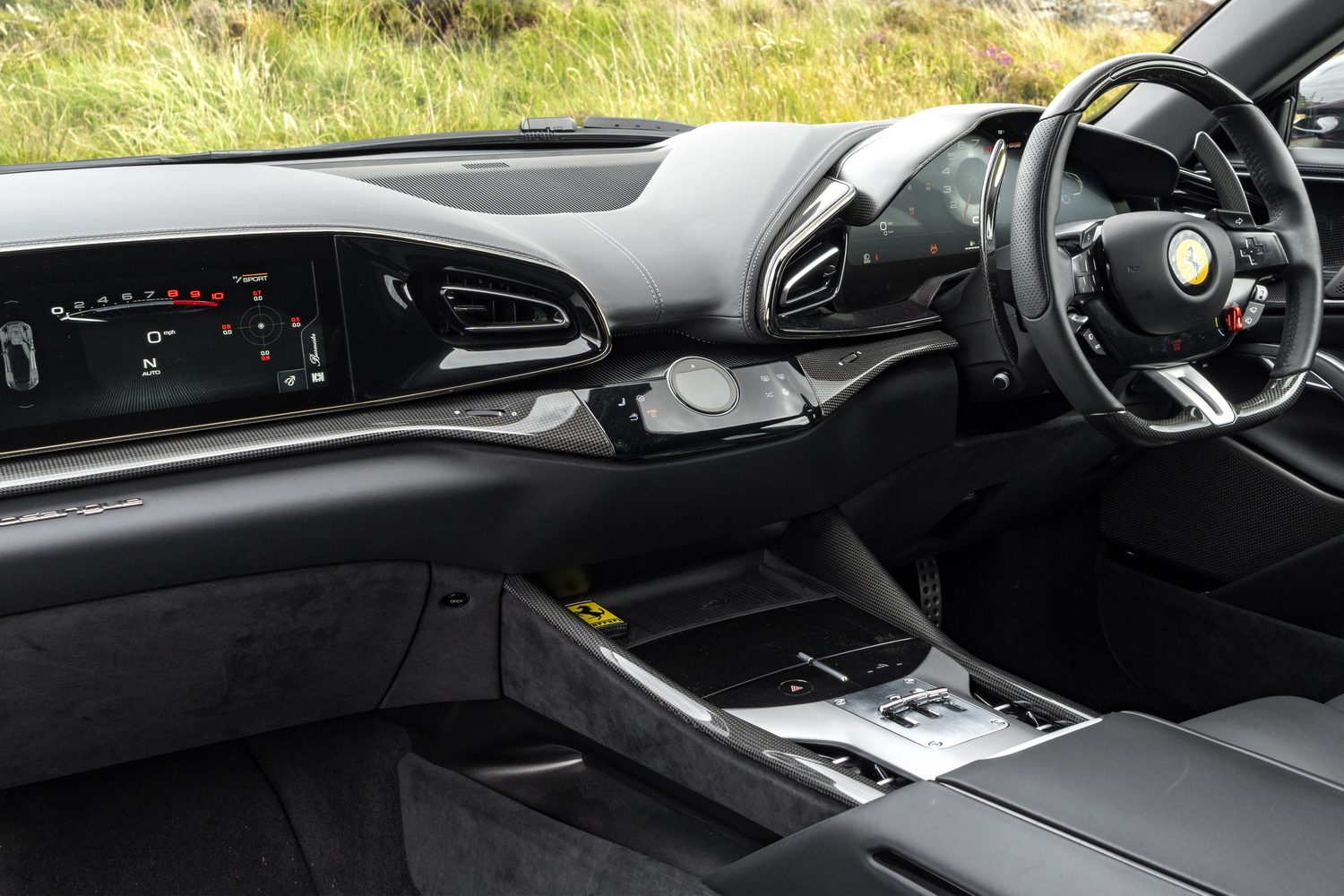
The digital instruments behind are packed with features and functionality that’ll take a while for an owner to get used to, especially as it’s controlled via a touch-sensitive area of the steering-wheel spoke. Still, it beats relying on a central touchscreen for everything. In fact, there isn’t one. Instead, the front-seat passenger gets their own display with access to everything they need, while the heating and ventilation controls are clustered in the middle of the dashboard on a curiously rising touch-and-twist device. There’s another of these for the rear passengers in the back.
A wide centre console provides plenty of storage space for odds and ends while the Purosangue smells and feels special inside no matter where you are sitting.
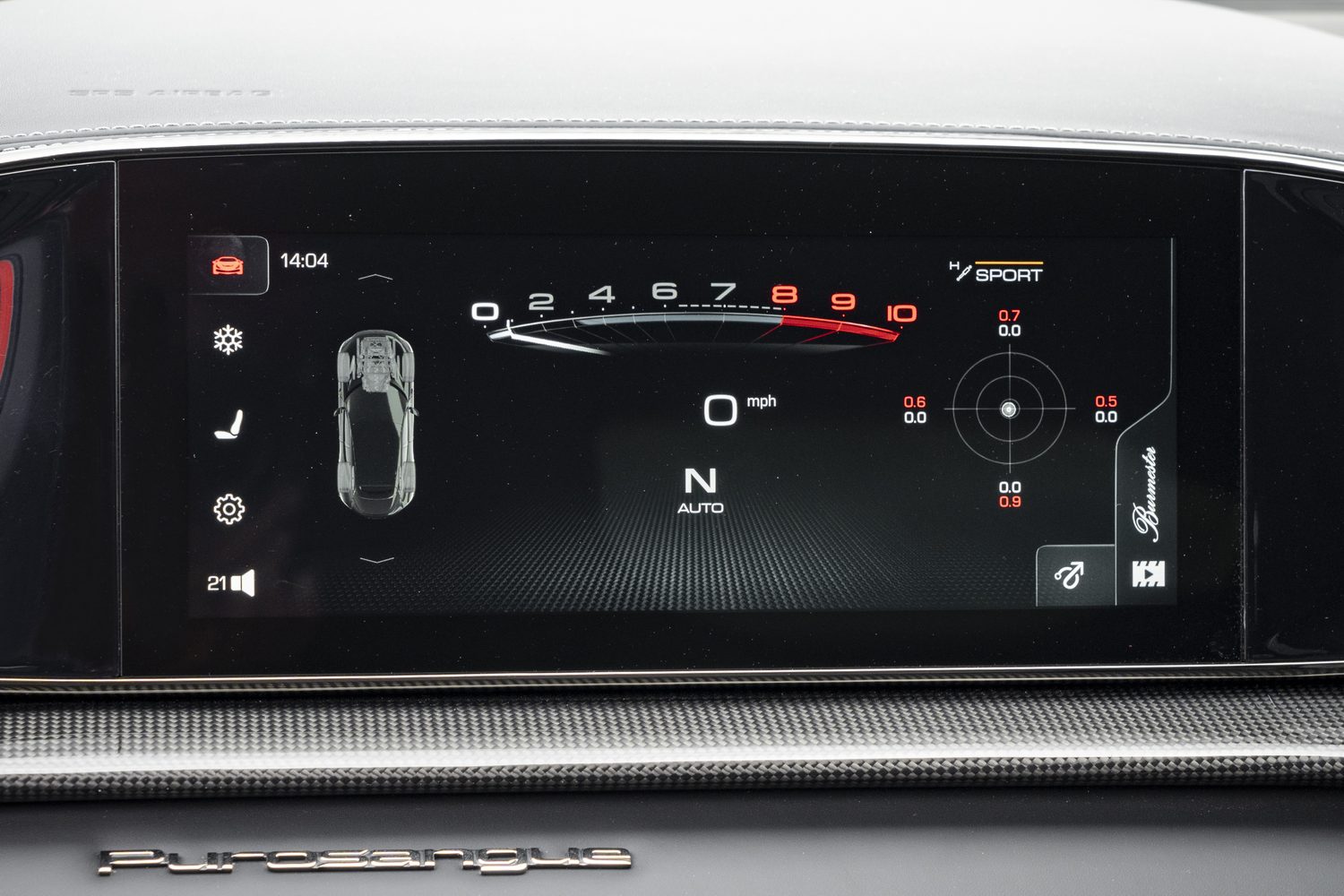
The Ferrari Purosangue’s on-board technology
We’d usually talk about infotainment systems and the like here, but instead we’re going to geek out on the Purosangue’s trick suspension. It’s referred to as Ferrari Active Suspension Technology (yup, “FAST”) and features something called TrueActive Spool Valve (TASV) dampers from the geniuses at the Canadian engineering company, Multimatic.
Spool valves themselves are not new in dampers. They can quickly alter the damping force by changing the size of the holes the damper fluid has to pass through. Multimatic has been using them to control the damping separately in compression and rebound for quite some time by using two independent spool valves. The Purosangue’s four dampers have all that, but they also each feature a 48-volt electric motor that is powerful enough to alter the ride height at each corner of the car at any moment.
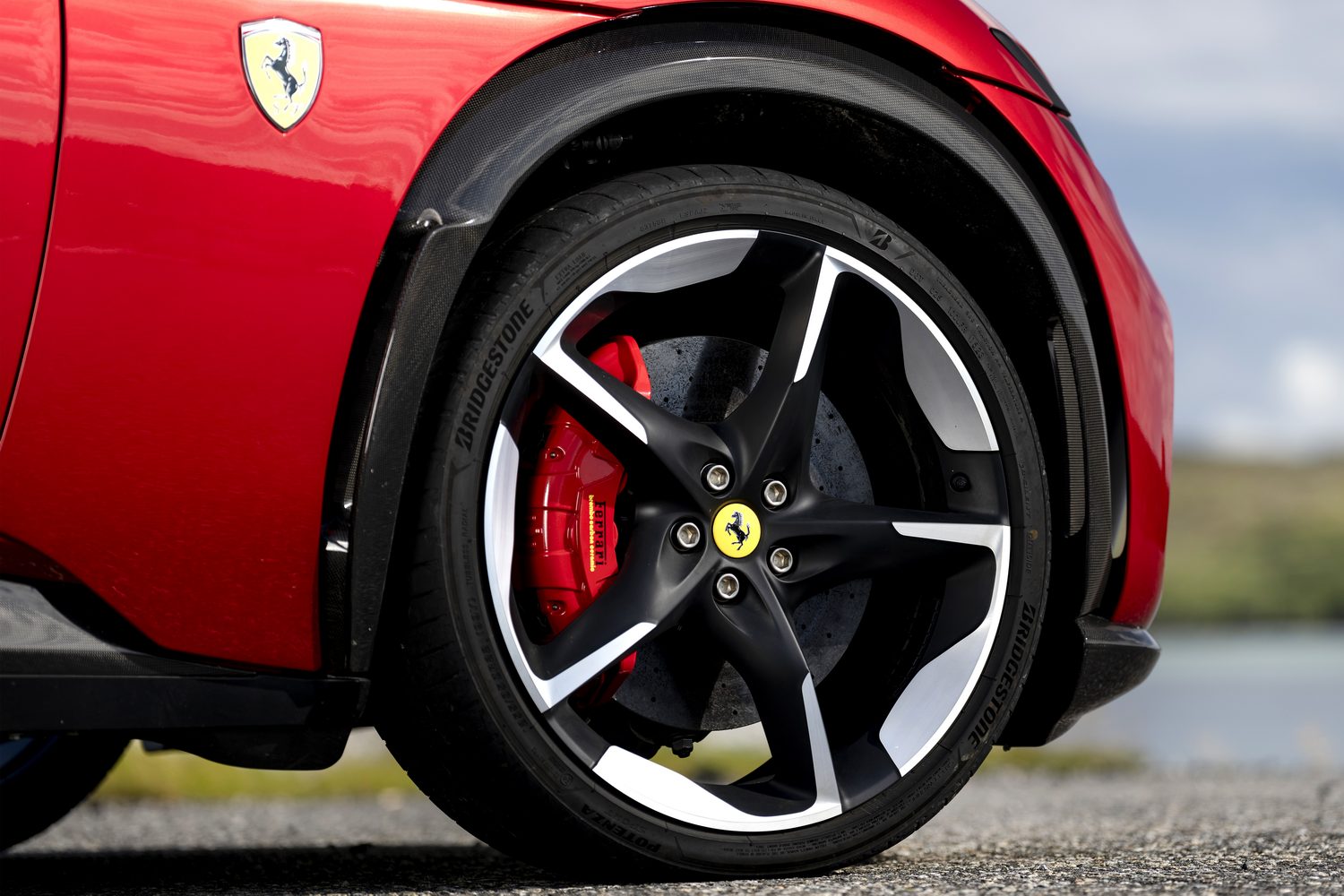
Instead of reacting to the road surface or the driver’s actions, the dampers, in conjunction with other sensors and a sophisticated control system, can anticipate what’s about to happen and alter their settings accordingly. For example, if a driver turns the wheel slightly and then applies the brakes, the car can actively push the appropriate front corner of the car up for balance and stability without taking away from the bump absorbency characteristics of the suspension. It means there’s no need for anti-roll bars, to the theoretical benefit of comfort, while the ride height can be reduced when the car is being driven particularly ‘dynamically’.
How many child seats can I fit in the Ferrari Purosangue?
Ludicrous as it might seem to include this section in a review of a Ferrari, the Purosangue is the most practical car from the Italian marque yet and could quite conceivably be used to transport all the (well-heeled) family. Smaller members are catered for in the back with ISOFIX points in both of the rear seats, and there’s plenty of space to the chairs in front so the little darlings shouldn’t be able to kick the backs of your seats.
Driving the Ferrari Purosangue
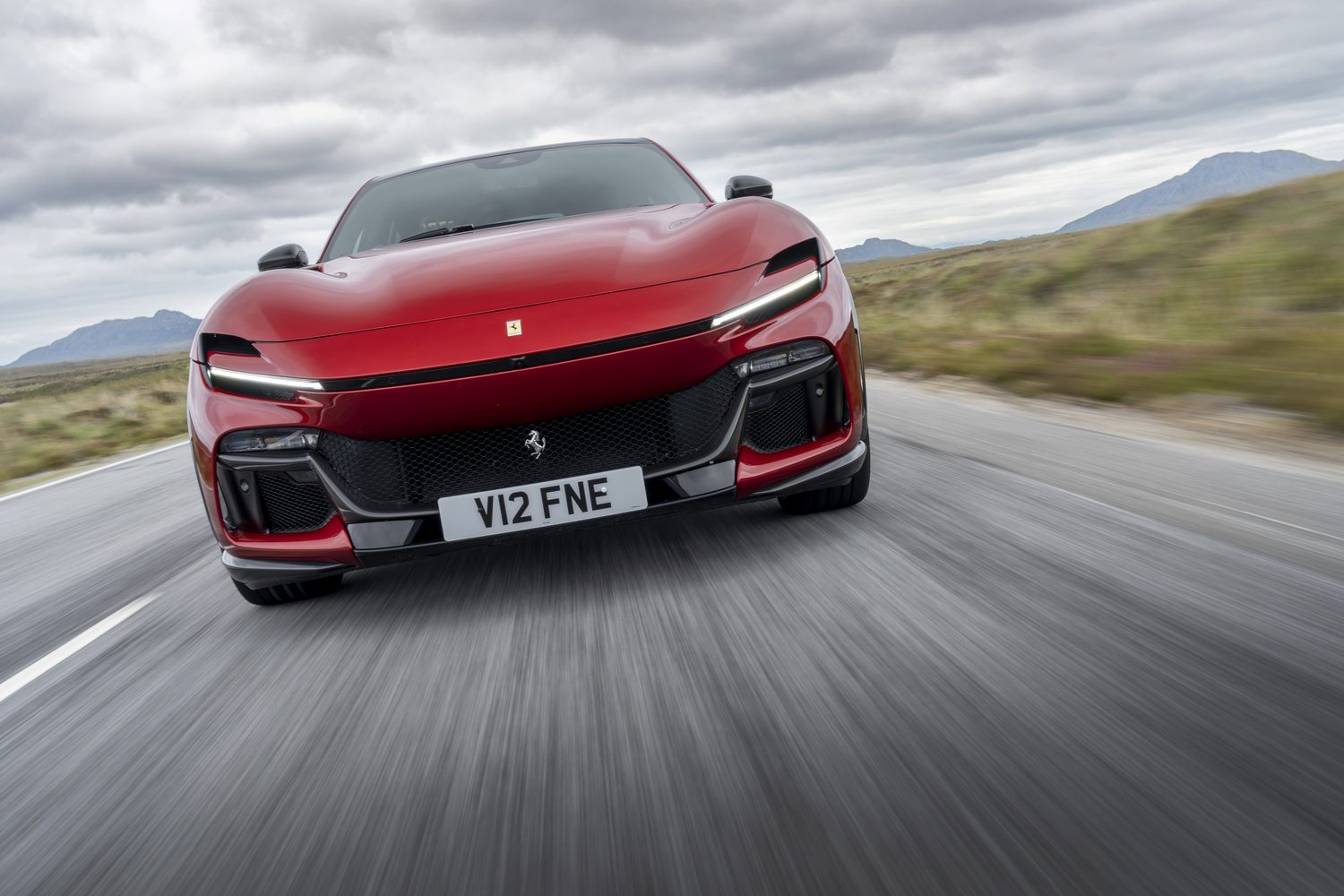
Let’s take a moment to remind ourselves that this is a V12-engined Ferrari, regardless of the body style. And that’s something to celebrate. The Purosangue’s 6.5-litre engine (that’s not a typo) has the same mouthwatering specification as that found in Ferrari’s other exotica though there’s more of a focus on low-down torque here, befitting its station in life, so 80 per cent of maximum torque is on tap at just 2,100rpm.
Still, it peaks at a screaming 6,250rpm with a chunky 716Nm of the stuff, despite doing without any form of turbocharging or supercharging. The naturally aspirated setup allows for a distinctive and melodic wail from the quad-exhaust system on the way to a towering 725hp at 7,750rpm and yet it’s an incredibly smooth engine. The wide usable rev range is easy to exploit thanks to a long-travel accelerator pedal, but it goes without saying that there are few places in the world where you can truly extend a car with this level of performance. A 0-100km/h time of 3.3 seconds is quick by any measure yet feels effortless thanks to the Purosangue’s all-wheel-drive traction.
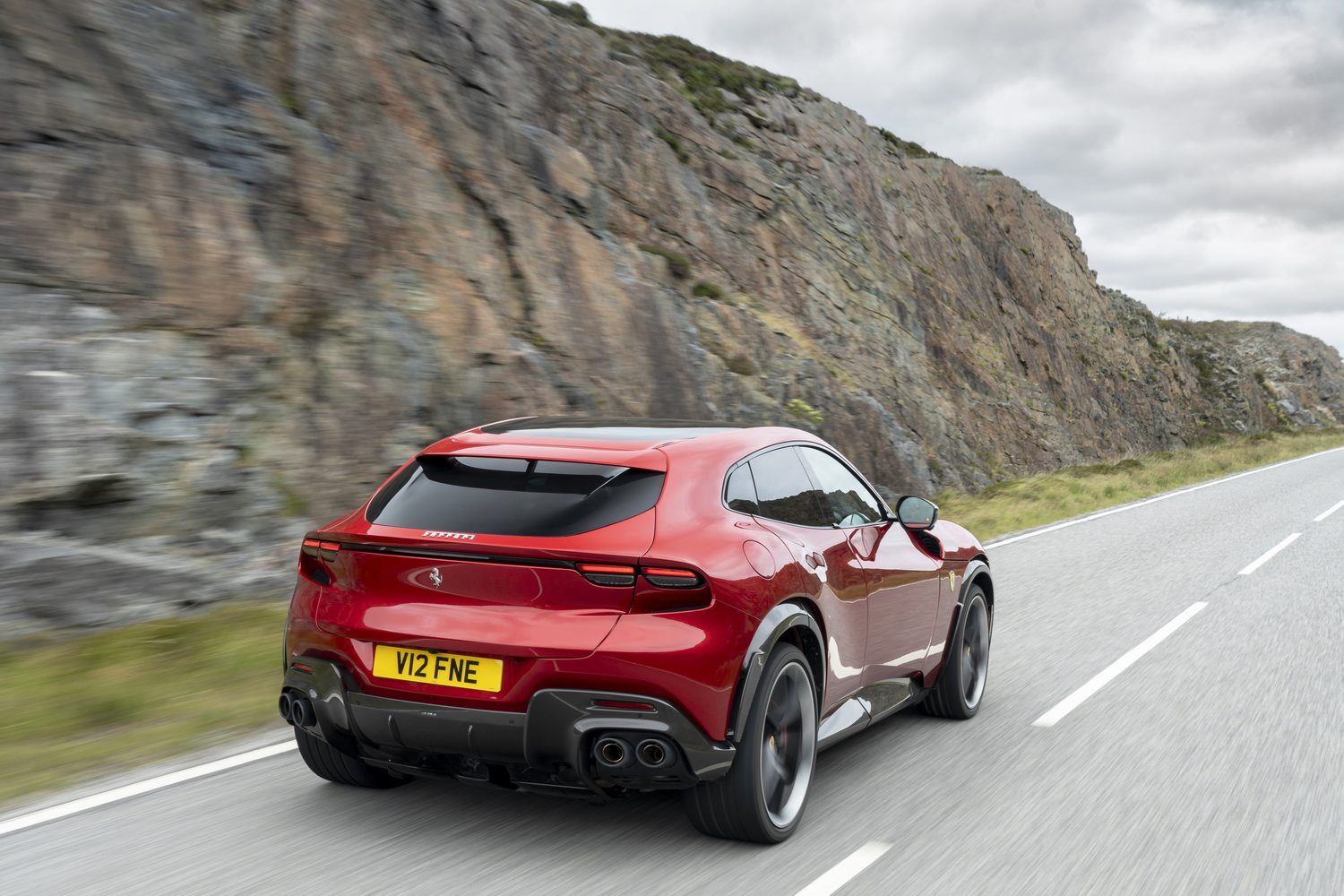
The car feels notably different in each of the driving modes, selected by twisting the manettino on the steering wheel. Unique to the Purosangue is an Ice setting, sitting alongside Wet, Comfort and Sport modes, along with “ESC Off”. Unlike most modern-day Ferraris there’s no Race setting. Press the little button on the top of the control and you can independently cycle between Soft, Medium and Hard for the baseline damping.
Our test drive took place on the varied surfaces of Kerry’s roads, so it was a challenge for the car to say the least, and probably not quite what Ferrari’s chassis engineers had in mind for this vehicle. The Purosangue coped well enough considering, though you’re painfully aware of its size on small roads such as those, and it felt out of sorts in anything other than the softest suspension setting. We were a little surprised to find it struggling to isolate road noise from the cabin, too, though I guess this is a reminder that the Purosangue was designed to be a practical sports car, not a luxury SUV.
And when you choose the Sport driving mode, in conjunction with the manual setting for the eight-speed gearbox, you begin to appreciate that there are few vehicles on sale that drive like the Purosangue does. Saying that, the gearshifts are always smooth on the way up through the transmission, in contrast to the violence of the changes available in some Ferraris in their sportiest settings. The keenest of drivers might hanker after a little more drama, regardless of how quickly the scenery is whizzing past outside.
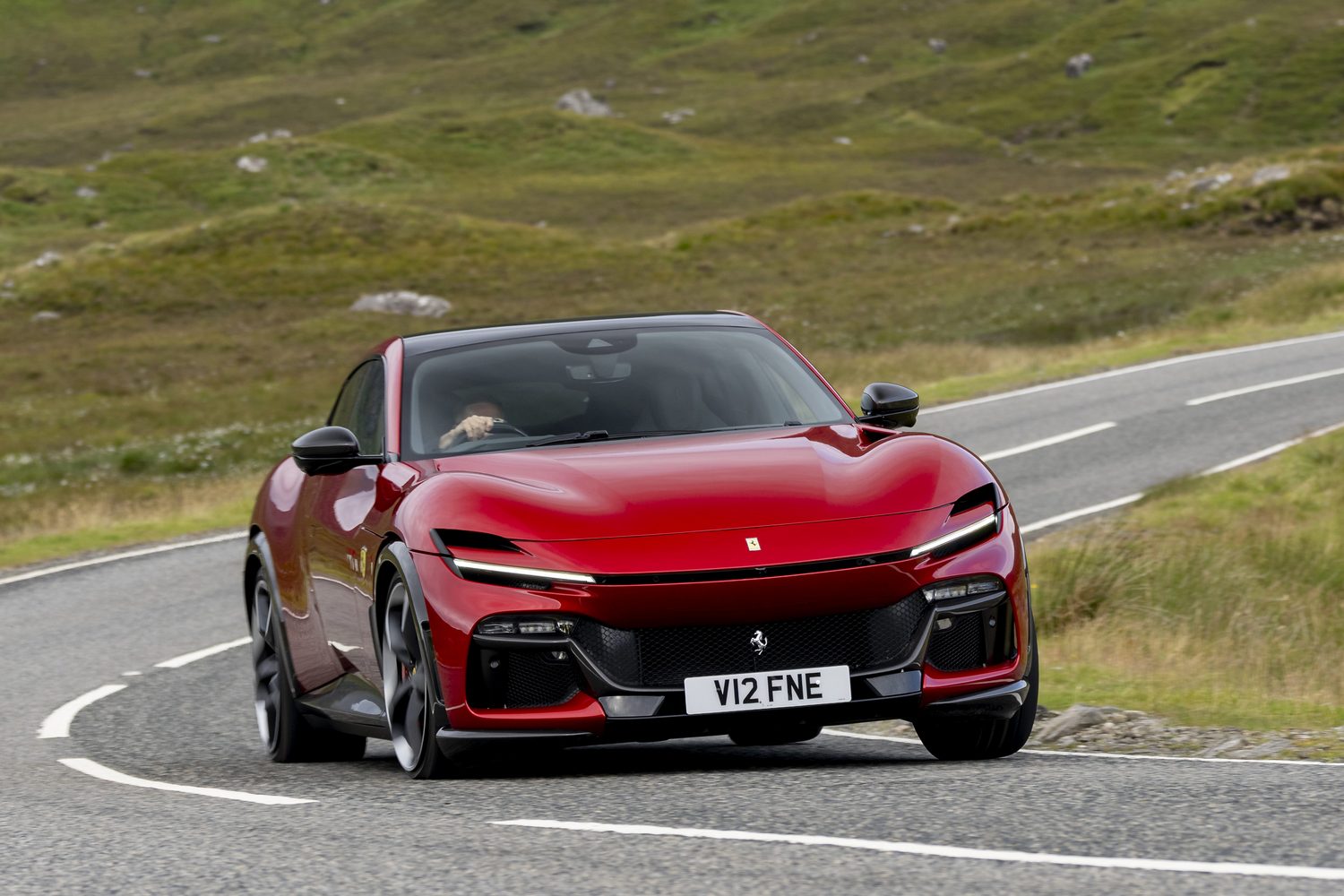
How much does the Ferrari Purosangue cost in Ireland?
We’ve done the maths and, rather shockingly, the Purosangue would cost in the region of €860,000 imported into Ireland and put onto Irish plates. A gobsmacking €350,000 of that is VRT alone... It’s all academic anyway, as even if your numbers came in on the Euro Millions, you’d still have to wait a couple of years to get hold of a Purosangue, if you ever could. Put simply, production is limited, and Ferrari has no intention of increasing output just because demand is much higher than supply.
The reasons you’d buy a Ferrari Purosangue
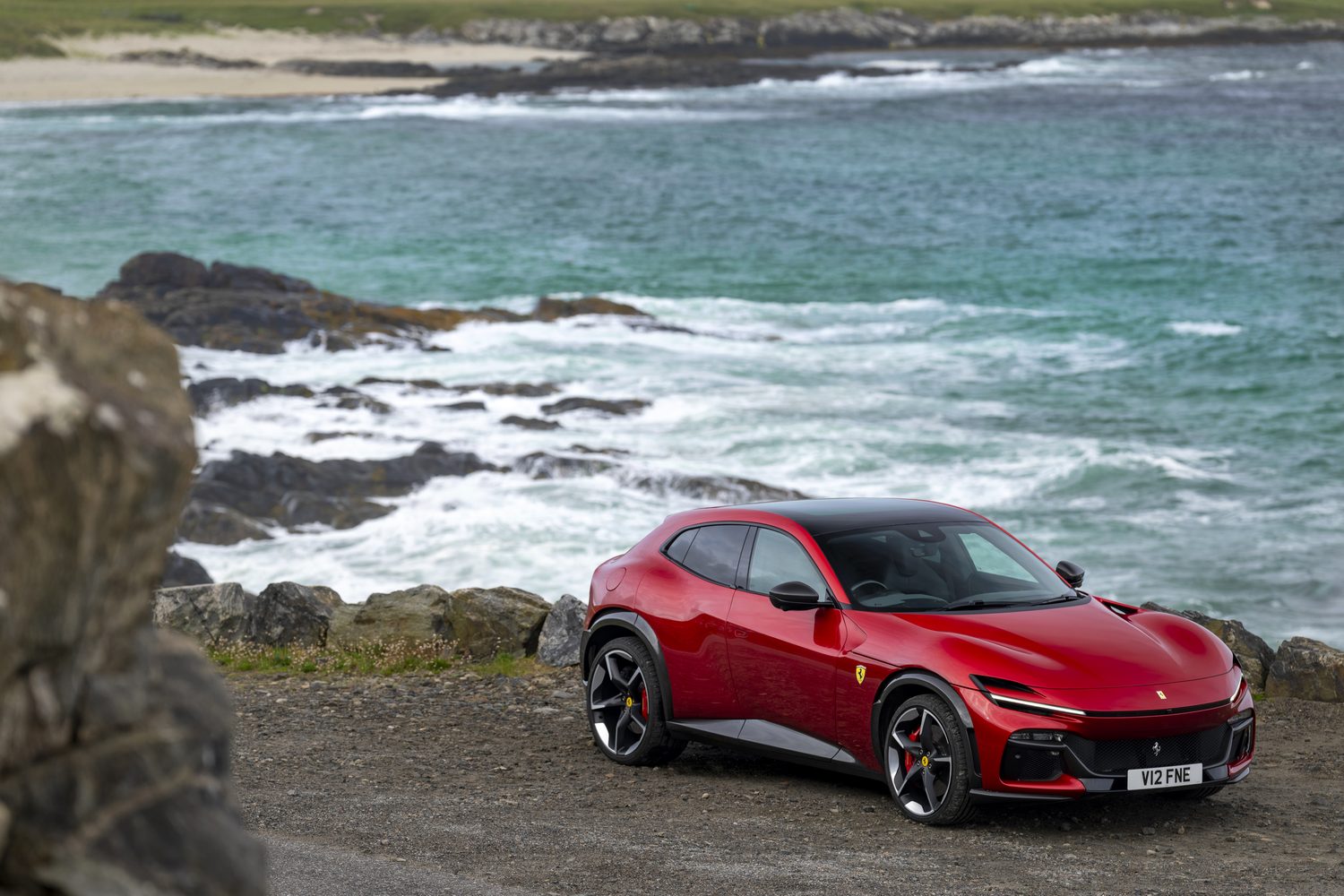
Well for a start, you’d buy one if you could. And I’m not referring to the eye-watering price tag. That’s seemingly irrelevant in the exalted world of the super-SUV, and the biggest challenge facing would-be Purosangue owners is availability. Ferrari is hoping to maintain the car’s exclusivity by managing supply, which means there’s a very long waiting list that’s not very easy to get your name on. Is it worth the hassle? Well, it is if you’re a well-heeled buyer that fancies something with the Ferrari badge on the nose to transport yourself and some loved ones to the ski slopes every year. It’s ideal for that.
Ask us anything about the Ferrari Purosangue
If there’s anything about the Ferrari Purosangue we’ve not covered, or you’d like advice in choosing between it and other cars, you can avail of our (completely free) expert advice service via the Ask Us Anything page.

